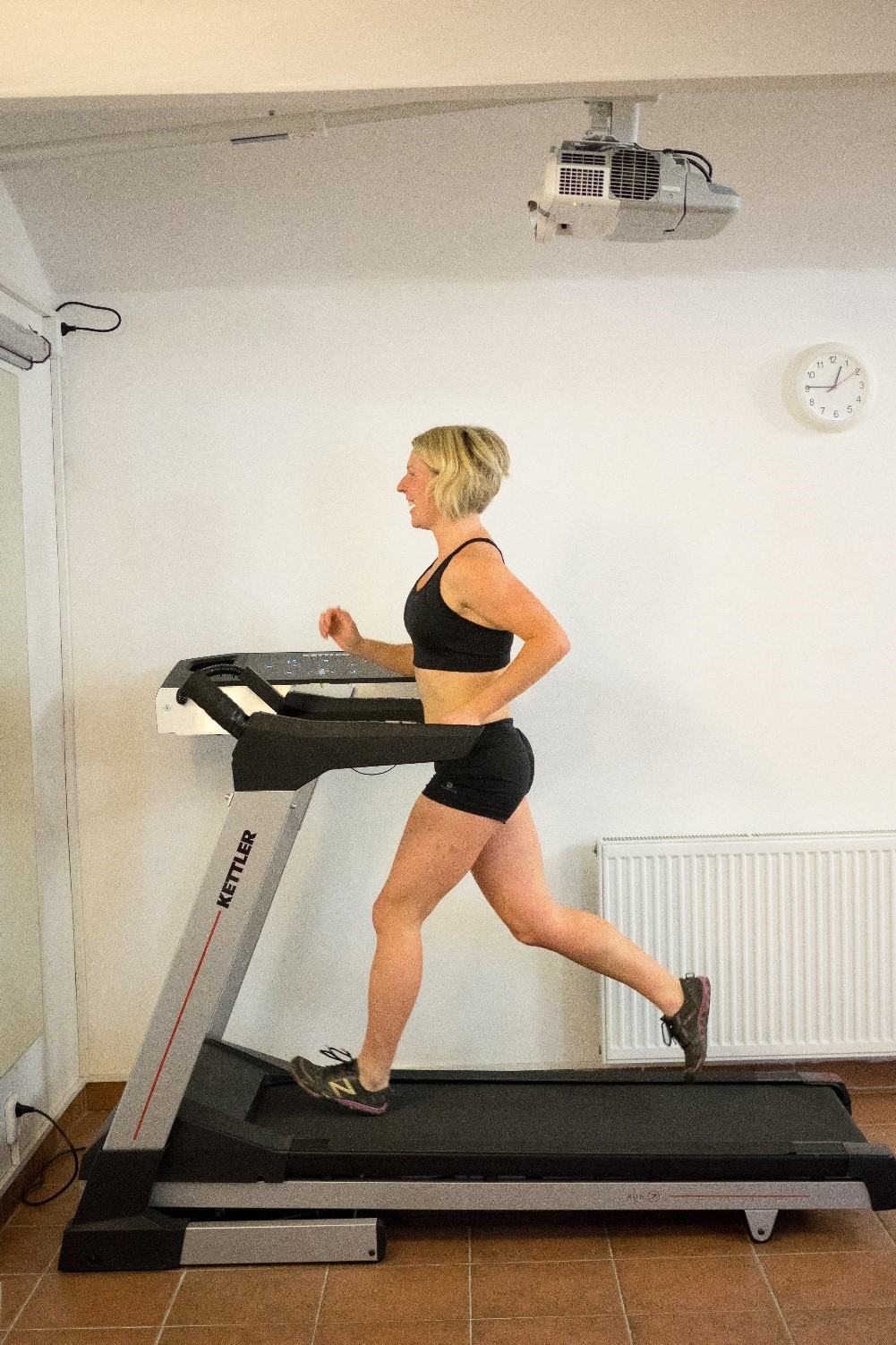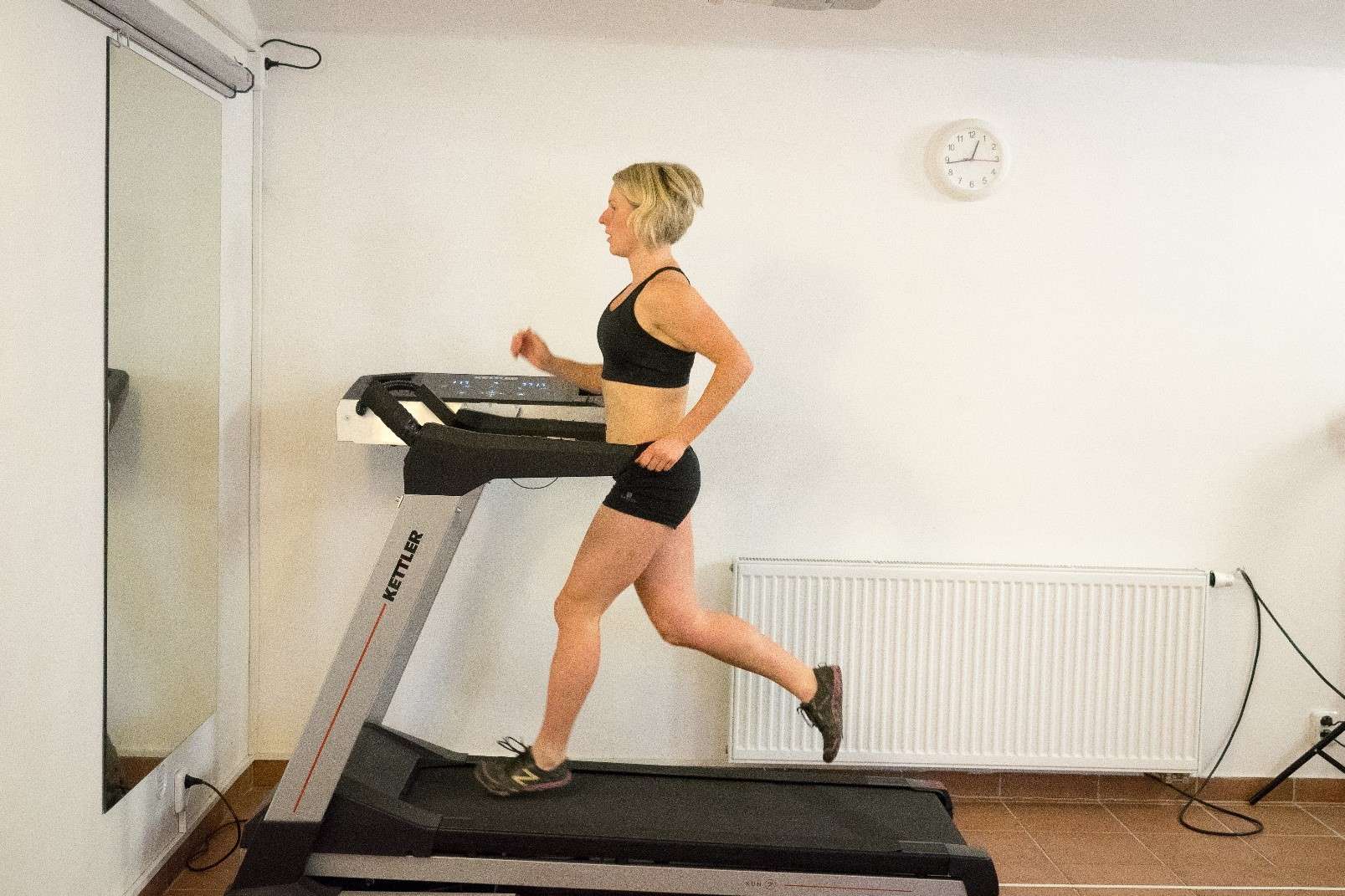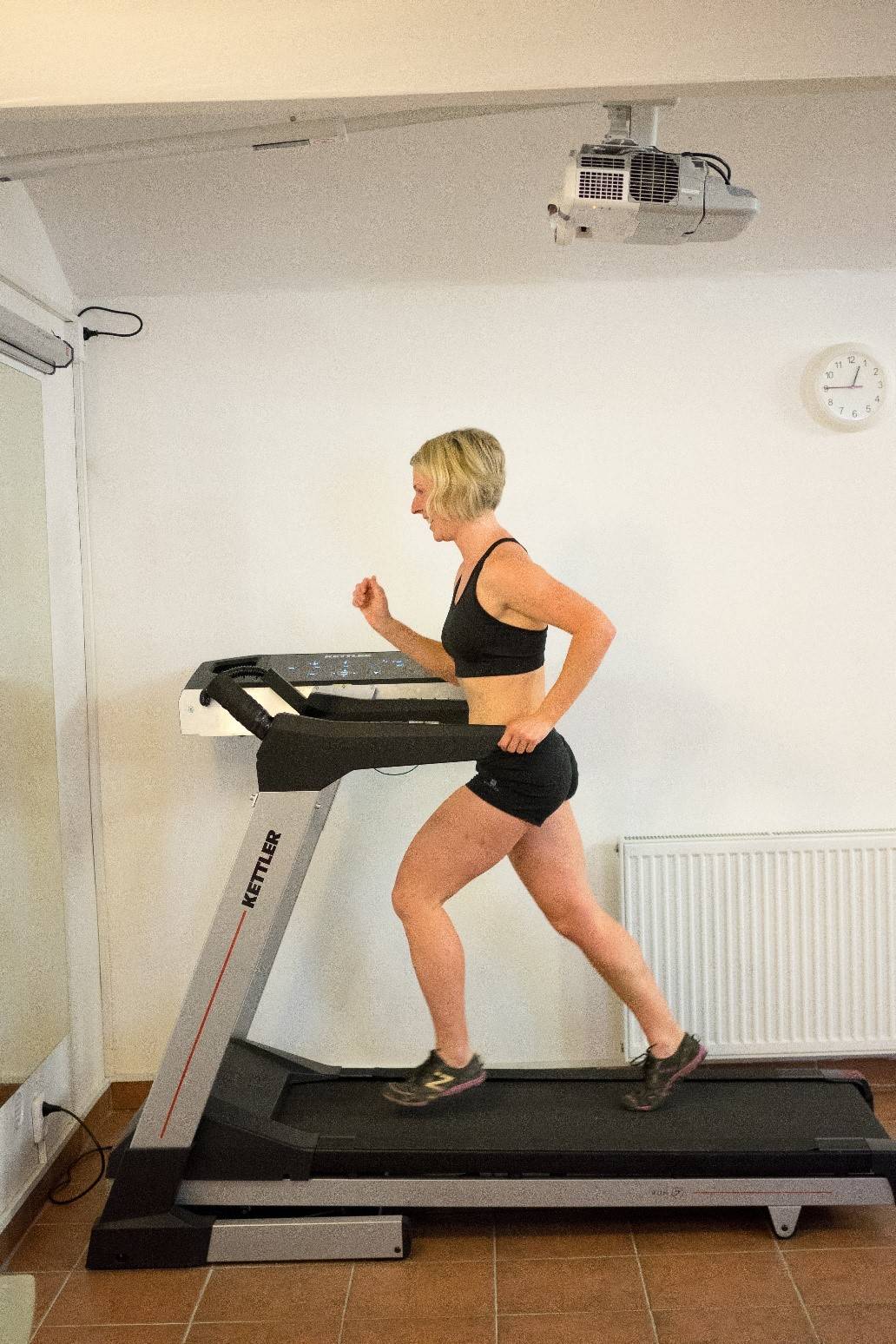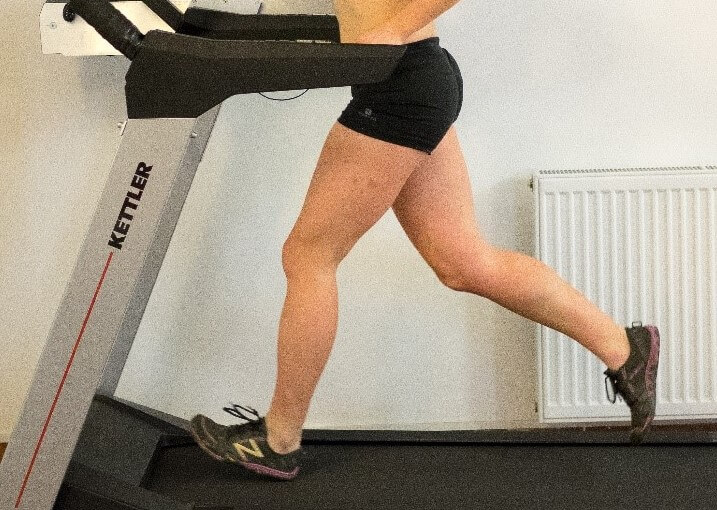The most common running foot injuries
Periostitis, Achilles tendon pain, foot pain and other inconveniences caused by suboptimal stepping
Inflammation of the periosteum – periostitis–most often it appears on the shin. The bone envelope, which is richly innervated, is overloaded by repeated and mainly impact work of the muscles that are attached to this bone. Like any overloaded structure, it gets into the so-called sterile inflammation, hurts, can turn red and swell. In the acute phase, it is good to ice, manually relax the relevant muscle and slightly stretch after the acute phase subsides. It is often reported that it is caused by running over a hard surface. But the culprit is not a hard surface, but an unideal and inconsiderate running technique.
Achilles tendon pain/inflammation – it is manifested by tendon pain directly during running, more often after it or only the next morning. As a rule, a ring is formed on the tendon – swelling. She is very sensitive to touch, stiff in the morning. Again, this is a sterile inflammation that develops for a long time. With an uneconomical and incorrect style, tendon wear occurs, and thus small cracks and degenerative changes in this area occur. Again, the cause of the problem is related to the running style. It often appears, for example, in connection with the incorrect function of the foot – reflection from the thumb, the work of the fingers or areas of impact on the sole of the foot. Therapy in the acute phase is identical to the therapy of inflammation of the periosteum.
Foot pain – plantar fasciitis– it is manifested by pain when the muscles of the foot (fascia) are attached to the heel. The pain increases with stretching of the fingers. It is an overload of the muscles in the area of the sole of the foot, their incorrect involvement during running, incorrect biomechanics of the foot. For example, difficulties can occur during a quick transition to minimalist shoes, when the foot is not enough to get used to a completely different run. The most risky group of runners is with the so-called pronation impact, but also those with a high arch and a very stiff leg.
The common denominator of the above mentioned problems is incorrect biomechanics of the foot, pedaling and posture when running. The images show three types of impacts.
The first is most common among novice runners. This is an impact far in front of the pelvic area (the center of gravity of the body) and on the heel. In the picture there is a better variant of this step, the worst is if the knee is completely stretched, so-called locked. In this case, the knee does not work to eliminate the impact on impact, and the likelihood of trouble arises. With such an impact, your heel collides with the ground, and the heel acts as a brake on this force. The impacts are then dampened by the heel or transferred to the tibia or knee. The exposed areas become overloaded, small cracks in the tissue are formed, and after further overloading, chronic inflammation.

The next picture shows a slightly better type of pedaling, but even this one still leads to trouble. This is what it usually looks like when the so-called.” heeler” wants to go into running over the toes. The length of the stride remains almost the same, or it has only been slightly shortened and the impact is on the stretched foot. The hull setting is the same, so the impact is still ahead of the center of gravity. The tip of the foot in this case must absorb the entire impact, it must be held by the calf muscle. He is then classically after such a run very strained and injured by rapid contractions with bumps. Also, the transverse arch may hurt. Often this occurs in people who put on barefoot shoes and began to run over the toe without changing the other parameters that barefoot running should have.

The last photo shows the optimal impact for injury prevention and the economy of running. This is achieved by increasing the tilt of the whole body. I mean the whole body, really the whole body, from the ankles to the head – so it’s not a break at the waist and pushing the pelvis back. The impact should be on the front of the foot, not on the toe. The tilt itself will already lead us to shorten the step and increase its frequency. A person unusual to the correct frequency of the step feels that he is twitching. It is only necessary to overcome the first phase of the habit before you fix the run as natural.

You can also get comprehensive information about running from the perspective at the all-day running workshop with Petr Soukup
Read on to find out the difference between stepping diagnostics and running diagnostics.
We perform analysis/diagnostics of running with training in proper running technique. After adjusting the run, the pain often disappears immediately.

